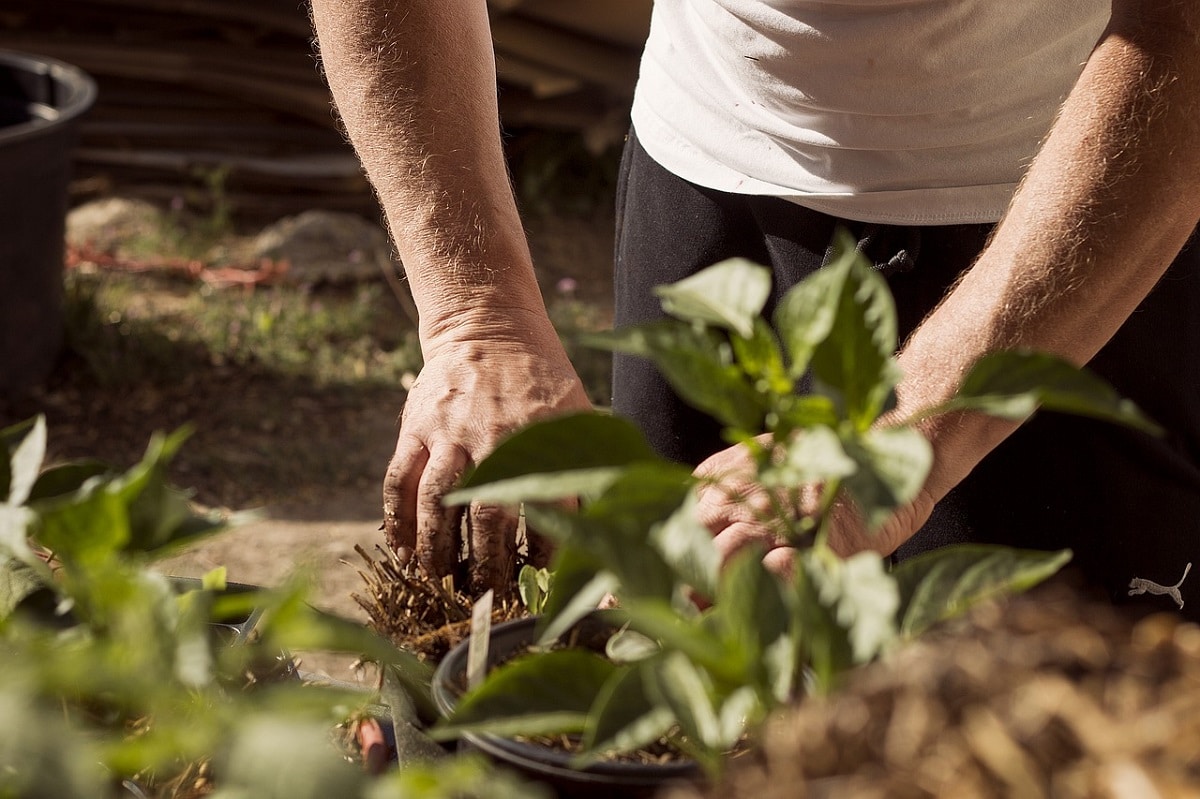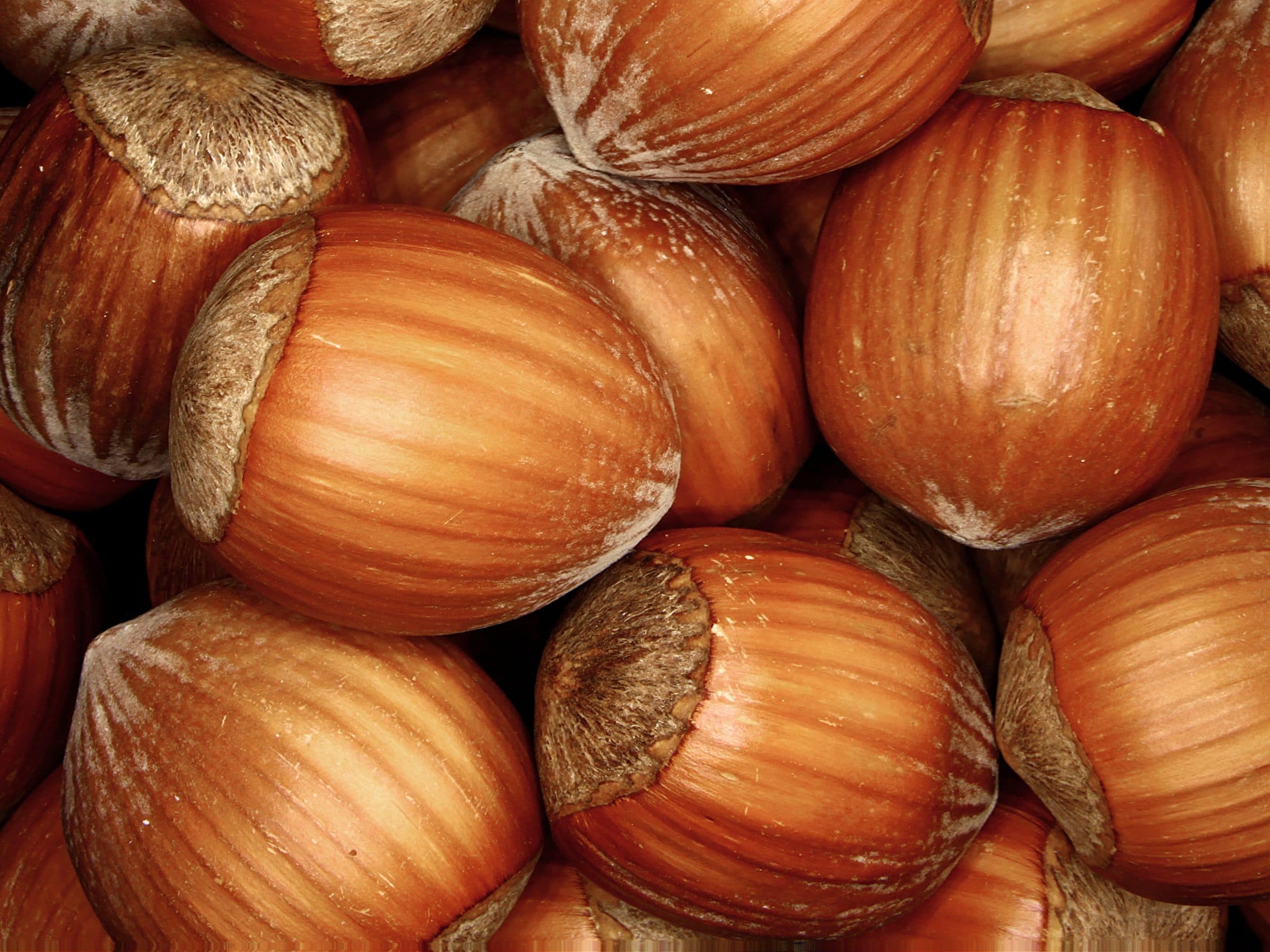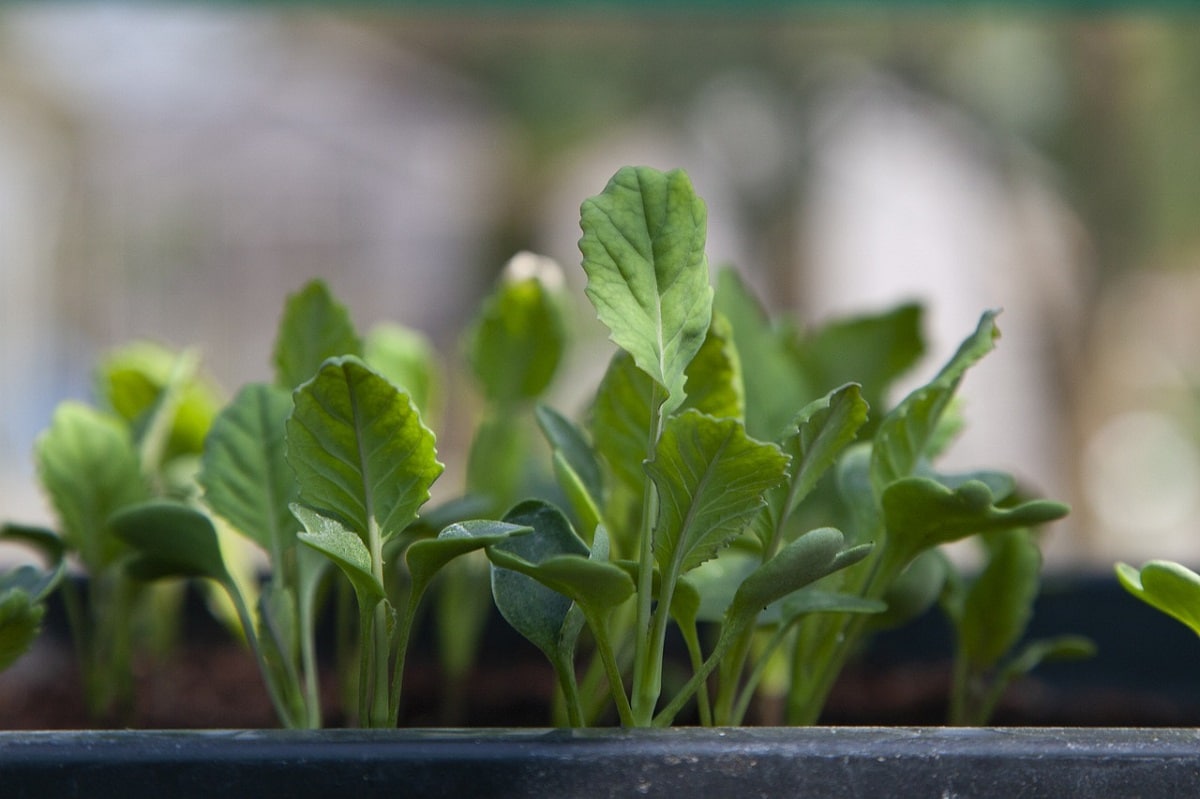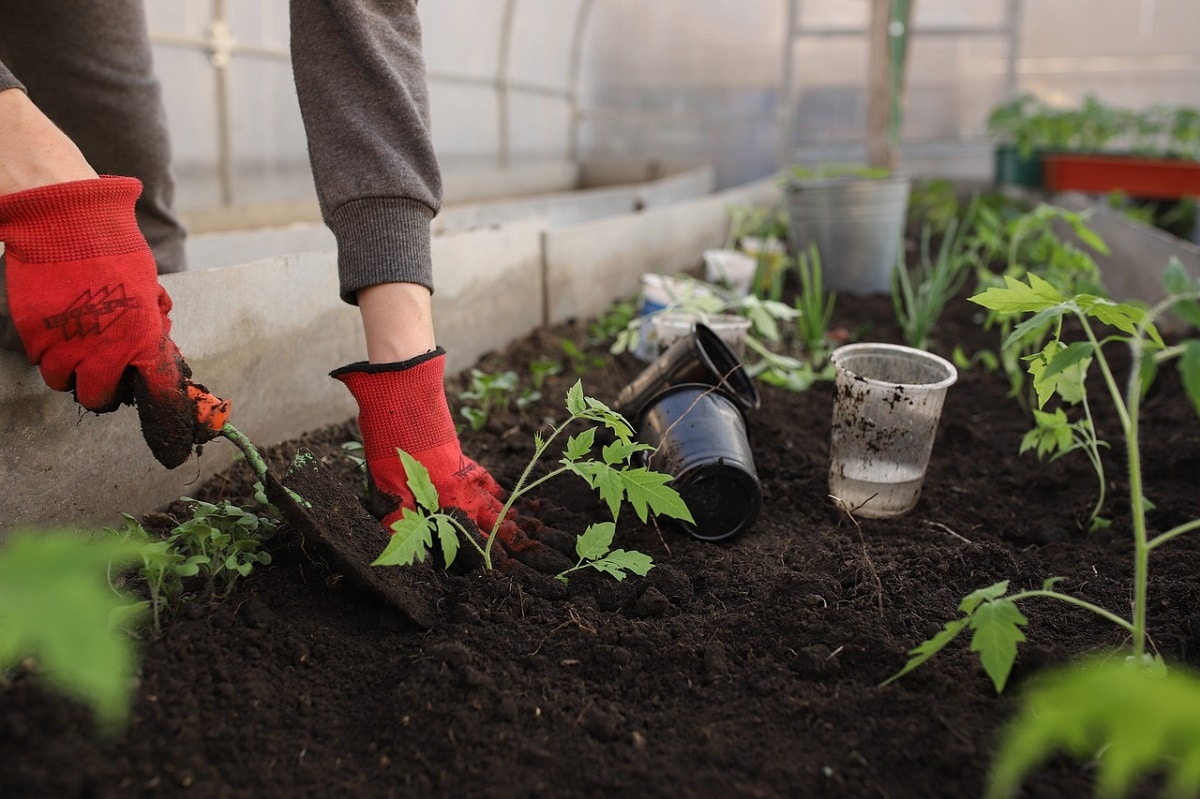
It is a tradition at the beginning of the year to wish us the best wishes and especially good health. January in the garden is also the month of great resolutions. Let's see what to plant in January and do in gardening, to prepare it little by little for the return of sunny days and therefore for the awakening of nature. The coldest month of the year calls for snuggling in front of the fireplace rather than digging in the garden.
However, there is still some other planting in the garden that we have pending. Among the trees, vegetables or flowers there are a large number of species that are planted in January, And there is no time to be bored! Obviously, this month is not the most conducive to enjoying gardening outdoors: frost, wind, fog and snow are usually the brakes. But if you choose the right species, you can easily free them.
Trees that are planted in January
Winter is more conducive to planting certain types of trees: depending on the species, it is even recommended to plant in this month. Here is a selection of species, including some common and some original. To find the tree that best suits your needs and desires, whether or not you want a fruit tree, in your garden or on your balcony, on the ground or in a pot, you can leave us a comment.
Abedul
Rustic and resistant, birch can be planted in all our gardens, preferably in the sun. On the soil side, it only fears too calcareous or insufficiently drained soils. In the garden, it is a tree suitable for many situations: as an isolated specimen, in a grove, planted in the grass, in a container, around a rest area, or in alignment along an alley.
caragana
The caragana grows in all soils, even calcareous, poor or dry. It is in clay soil where it is most vigorous. Given its origins, it is not at all afraid of the cold winds of January. On the other hand, if you like bright and sunny situations, but are afraid of scorching exposures. It can be perfectly had in free hedges, as well as defensive hedges.
Cerezo
El cerezo It thrives in almost all soils, even limestone, except those lacking a body, such as sandy soils. Accepts all exposures, even windy ones. However, fear regions with too hot and dry summers. In the garden, it is a tree suitable for many situations: in a grove, isolated on the lawn, in alignment along an alley or to separate and materialize different areas, etc.
Manzano
Winter (excluding the frost period) is generally the season for planting fruit trees. If you are an apple lover, take advantage of this month to set up your orchard (avoid periods of frost or heavy rains). This tree will make its first harvest two to four years after planting. Y It will be in spring when you witness its flowering that gives birth to magnificent white or pink flowers.
Hazelnut

The hazelnut grows so well by the sea or in the mountains, both in partial shade and in full sun. However, its flowering and therefore its fruiting will be better in a bright and not too cold place. It adapts to all soils, even very calcareous, but prefers cool and well-drained soils. The freshness of the soil at the time of fruiting influences the size of the fruit.
Vegetables that are planted in January

Winter is more conducive to planting certain types of vegetables: depending on the variety, it is even recommended to plant at the beginning of the year. Here's a selection, including some common and some original.
Cabbage and broccoli
The "Cape Violet" varieties grow perfectly in winter; in fact, extreme cold pigments his purplish balls more. Broccoli cabbage requires a soil rich in humus and worked in depth. To protect them from frost and keep the soil cool, put a good layer of straw over the seedlings.
Kidney beans
Outdoors, sowing is done in clay soil, humus, usually enriched with compost and, preferably, slightly alkaline.. We will choose a place in partial shade, or even in the shade in the south. It can also be sown in boxes, planters and pots.
Eggplant
Solanum melongena o Eggplant is one of the rare plants that is sown in January. The seedlings should be placed under shelter at a temperature not lower than 18 ° C. To harvest healthy vegetables, it is essential to follow certain conditions that we tell you here, considering that it thrives in nutrient-rich soils and requires good sunlight.
Carrot
Carrot tolerates culture in winter. However, it is necessary to take adequate precautions to protect the seeds: Cover the seedlings with a non-woven veil to prevent frost from freezing the kernels. You should also put a good layer of mulch over them to keep the soil warm and cool.
Spinach
La spinach does not appreciate the great heat of the summer period. They thrive in a cool environment protected from shade. The month of January is ideal for sowing but also for harvesting the leaves. Spinach can be grown in a pot on a terrace, in which case you need regular watering so that the plant does not dry out.
Flowers that are planted in January

In January, you can still spend time in the garden. In fact, some flowers should be planted now to see them bloom in spring. During the month of January, it is possible to work on it to see it flourish. To do this, it is enough to activate the plantations before the frosts. The best cold and winter resistant flowers for a colorful garden in January are as follows:
Begonia
In pots or in the ground, indoors or outdoors, Begonia is a variety of flowering plant that is easy to grow and not too demanding.. From June to December, its most beautiful petals hatch in all colors ranging from red, through orange, yellow, pink and white.
Hyacinth
Hyacinth is a bulbous, perennial plant that can survive down to minus 15 ° C. It should be planted in well-moistened and drained soil, as an excess of water rots its bulbs. It requires a supply of fertilizer on the surface during the cold period.
Campanula
There is a whole variety of Campanula including the barbata bellflower, Campanula isophylla, Campanula muralis, Campanula persicifolia, Campanula rotundifolia... The plantation runs from January to December depending on the variety of the plant. It produces purple, white or blue flowers and is grown in dry soil.
Primula
The primrose is a species of herbaceous plant, whose largest number of species is found in European territory. It blooms in spring and its flowers are made up of beautiful and colorful petals superimposed on each other. Appreciate cool, shady soil and good humus.